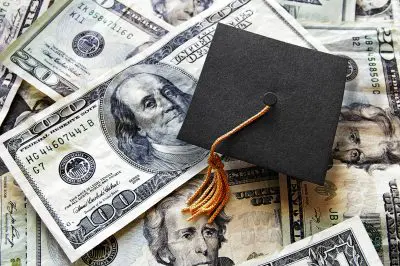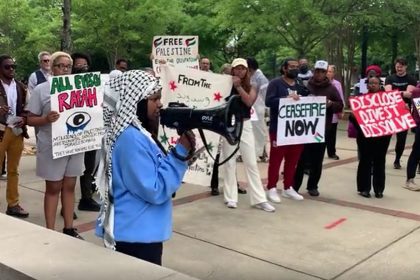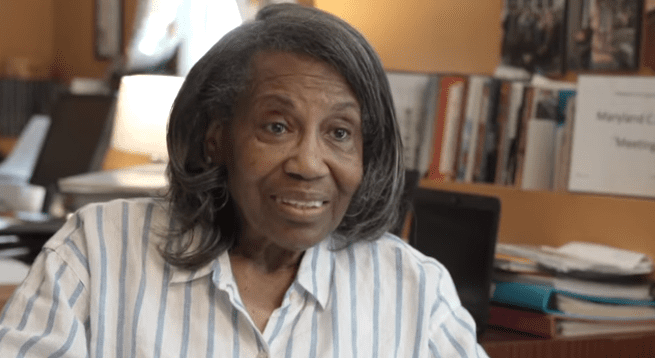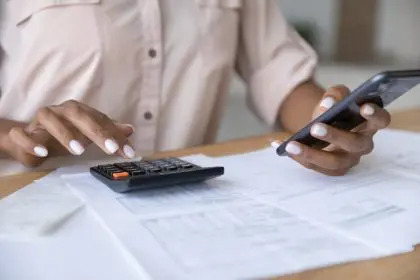The U.S. Supreme Court recently thwarted President Biden’s initial attempt to forgive $430 billion in student loans for low- and middle-income borrowers. Nevertheless, the administration has given the green light to nearly $5 billion in debt relief.
President Biden affirmed his commitment to finding alternative avenues to provide student debt relief quickly in his statement. He stated, “I won’t back down from using every tool at our disposal to get student loan borrowers the relief they need to reach their dreams.”
The Department of Education has approved the cancellation of $4.8 billion in debt, bringing the total debt relief provided by the Biden administration to $132 billion, benefiting more than 3.6 million borrowers.
Here’s who qualifies for the latest round of debt relief:
- Borrowers who owe more than their initial balance due to interest: Under this proposal, up to $10,000 in relief will be provided to borrowers who have seen their balances grow due to interest. This will be implemented through the Saving on a Valuable Education plan, which stops interest accrual when it exceeds a borrower’s minimum monthly payment.
- Borrowers eligible for existing relief programs but have yet to apply: Borrowers who qualify for relief through programs like Public Service Loan Forgiveness or other repayment plans but have not applied will be eligible to have their entire outstanding balances erased.
- Borrowers who started repaying decades ago: The proposal includes “one-time relief” for borrowers repaying their undergraduate loans for 20 years or other borrowers for 25 years.
- Borrowers whose schools failed to meet earning expectations: Loans will be forgiven for students who attended schools or programs that did not provide sufficient financial value.
Most newly eligible borrowers were notified in November and expect to see changes to their accounts in the coming weeks.
While this is less than President Biden had initially aimed for, it represents a significant step in addressing the total federal student debt, which currently stands at $1.6 trillion. This move also marks a rebound from the Supreme Court’s previous ruling that blocked a plan to provide up to $20,000 in debt relief to low- and middle-income borrowers.
Education Secretary Miguel A. Cardona emphasized the need to alleviate the burden of student debt, stating, “Student loans are supposed to be a bridge to a better life, not a life sentence of endless debt.”
Moreover, there are ongoing efforts to address student debt further. Researchers from the University of California Student Loan Law Initiative are expected to request the Education Department’s student loan forgiveness committee to cancel all student debt for borrowers with household incomes below $71,000.
Borrowers interested in applying for the latest round of student loan forgiveness can find more information on the process at studentaid.gov.
















